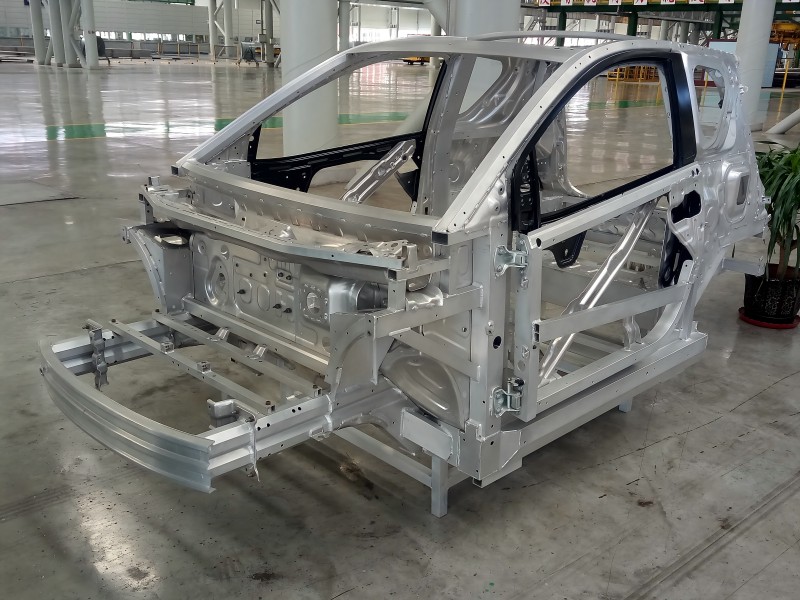On April 16, the latest report from the World Bureau of Metal Statistics (WBMS) outlined the supply-demand landscape of the global primary aluminum market. Data showed that in February 2025, global primary aluminum production reached 5.6846 million tons, while consumption stood at 5.6613 million tons, resulting in a surplus of 23,400 tons. From January to February 2025, cumulative production reached 11.7991 million tons, with cumulative consumption at 11.6124 million tons and a total surplus of 186,600 tons. This supply pattern has far-reaching implications for all links in the global aluminum industry, particularly China’s aluminum plate industry, a key downstream sector of primary aluminum.
1. Raw Material Costs and Price Dynamics
The surplus of primary aluminum has led to an abundant supply of raw materials for aluminum plate production, potentially exerting downward pressure on prices. For aluminum plate manufacturers, this may reduce procurement costs. If enterprises can reasonably manage inventory and purchase primary aluminum at lower prices, their produced aluminum plates could gain a price competitiveness advantage in the market, thereby capturing more market share in application fields such as construction decoration and electronics. For example, in the architectural exterior decoration sector, more affordably priced aluminum plate products may attract more builders, prompting manufacturers to expand production scales.
2. Market Supply-Demand Balance
To some extent, the primary aluminum surplus may stimulate the release of aluminum plate production capacity. Some manufacturers may leverage the opportunity of reduced raw material costs to expand production and increase aluminum plate output. However, if output grows too rapidly without synchronized demand growth, it could exacerbate oversupply in the aluminum plate market.
3. Technological Innovation and Product Upgrading
The primary aluminum surplus also presents opportunities for China’s aluminum plate industry in technological innovation and product upgrading. Enterprises can allocate cost-saving funds to increase R&D investments, driving innovations in aluminum plate production technologies and product upgrades. For instance, developing higher-strength, more corrosion-resistant, and lighter aluminum plate products to meet the demanding performance requirements of emerging fields such as aerospace and high-end equipment manufacturing. Against the backdrop of the rapidly growing new energy vehicle industry, rising demand for aluminum plates in automotive body applications enables enterprises to develop products that better align with automotive industry needs through technological innovation, thereby opening up new market spaces and enhancing their position in the industrial chain.
The global primary aluminum surplus in February 2025 has triggered chain reactions in costs, prices, and market demand. Enterprises across industries must closely monitor primary aluminum market dynamics, seize opportunities, and address challenges to gain a competitive edge.
Post time: Apr-23-2025






